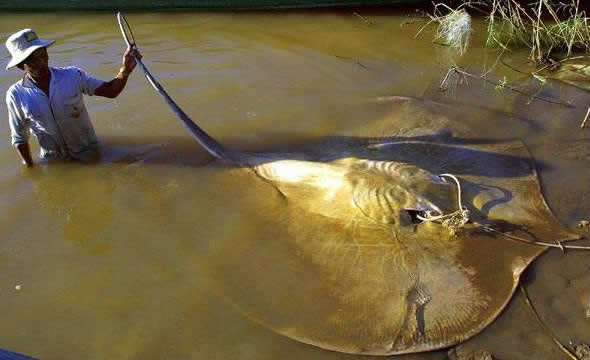
First check out the video, then read the article to find out more:
Brian Handwerk
for National Geographic News
Although seals are a common meal for great white sharks, under the cover of darkness, one might expect the marine mammals to catch a break. Dramatic new footage, however, proves great whites sometimes fancy a midnight snack.
The video shows a 13-foot (4-meter) shark launching itself from the water to snare a seal at the surface—the first time such "breach feeding" has been documented at night.
The footage appears in Sharkville, which will air July 25 at 10 p.m. eastern time on the National Geographic Channel. (National Geographic News and the National Geographic Channel are both a part of the National Geographic Society.)
Welcome to "Sharkville"
South African marine biologist Ryan Johnson and his team got the shot in a section of South Africa's Mosselbaai (Mossel Bay) dubbed Sharkville, where a large population of great whites lives nearly year-round not far from a popular beach.
The sharks don't bother the bay's human bathers. But a colony of some 5,000 seals on a small island just a half mile (800 meters) from shore isn't so lucky.
Johnson, founder of the South African Marine Predator Lab, first discovered that Mosselbaai's great whites breach the water's surface to feed at night through a lot of hard work and a bit of luck.
In 2005 he'd been following about 165 feet (50 meters) behind a shark fitted with an acoustic tracking tag for 103 straight hours.
"It was nighttime, so we didn't expect a lot of action," he remembered.
"And 30 meters [100 feet] from us, it erupts from the water with a seal in its mouth and sits there chewing on it," he said. "There was enough moonlight to see this going on."
Johnson said the event forced his team to reconsider how the sharks feed.
Read more by clicking here















